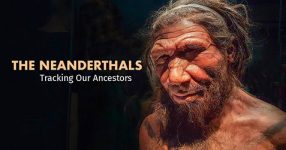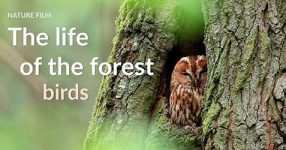“Animals Like Us: Animal Business,” a captivating documentary from 2004, delves into the intricate world of mutualism. This film unfolds the mesmerizing dynamics of symbiotic relationships, showcasing diverse species working together for mutual benefit. From the ocean’s depths to towering trees, witness the extraordinary partnerships formed between creatures like ants and butterflies, clownfish and anemones, and Nile crocodiles and oxpeckers.
Exploring the Depths of Mutualism
Mutualism, more prevalent in nature than commonly perceived, engages up to 15% of all animal species in various symbiotic relationships. The documentary sheds light on the multifaceted nature of mutualistic bonds. Examples range from cleaning symbiosis, where one species removes parasites, to pollination, where one species aids in reproduction, and defense symbiosis, where one species protects another from predators.
The Intricacies of Mutualistic Relationships
Mutualistic relationships showcase remarkable complexity and sophistication. A prime example is the cleaning symbiosis between cleaner fish and larger fish, featuring a nuanced communication system ensuring the mutual benefit of both parties. These alliances play a crucial role in the survival and success of the involved species, sometimes leading to the evolution of new traits or behaviors.
Witnessing Nature’s Business Dealings
“Animals Like Us: Animal Business” spotlights the “business” or “mutual aid” relationships between species. The documentary unveils nature’s methods to acquire essentials like camouflage, nesting grounds, and food sources. Through intimate glimpses into symbiotic and parasitic interactions among insects, birds, mammals, marine life, and microorganisms, the audience learns about the often unseen negotiations in the animal kingdom.
Nature’s Agreements: Mutual Aid from Land to Sea
The documentary presents numerous examples of co-dependency among species, oscillating between the charming and the horrifying. Witness the symbiotic coexistence of Nile crocodiles and riverbank birds, where the birds act as protectors of the crocodile nests. Similarly, smaller marine creatures like pilot fish and shrimp provide a living shield to larger species while enjoying a feast on parasites, offering a hygiene service in return.
Human Benefits from Animal Business
Surprisingly, “animal business” extends beyond the realm of wildlife, benefiting humans as well. The film showcases a Kenyan tribe relying on honey guide birds to detect honey. The birds guide tribesmen to ground hives, providing a harvestable source of honeycombs, while enjoying their share by consuming larvae and beeswax left behind.
Mutualism’s Unspoken Agreements
Most stories shared in the documentary portray unspoken agreements resulting in mutually beneficial arrangements. However, there are instances where the relationship becomes a one-way street, showcasing strictly parasitic exploitations. A vivid example is the wasp injecting its eggs into unsuspecting caterpillars, with detailed macro footage revealing the slow demise of the host as the larvae emerge.
A Glimpse into Nature’s Dealmaking
“Animal Business” offers a captivating overview of mutual aid relationships, spanning from land to sea. The documentary provides an intimate look at naturally occurring deals struck throughout nature, even on a microscopic level. It paints a vivid picture of the interconnected web of life, showcasing the intricate and often astonishing ways in which different species collaborate for mutual success.
In conclusion, “Animals Like Us: Animal Business” is not just a documentary; it’s a journey into the heart of nature’s negotiations, where the language of mutualism speaks volumes, connecting all living beings in an intricate dance of survival and cooperation.












